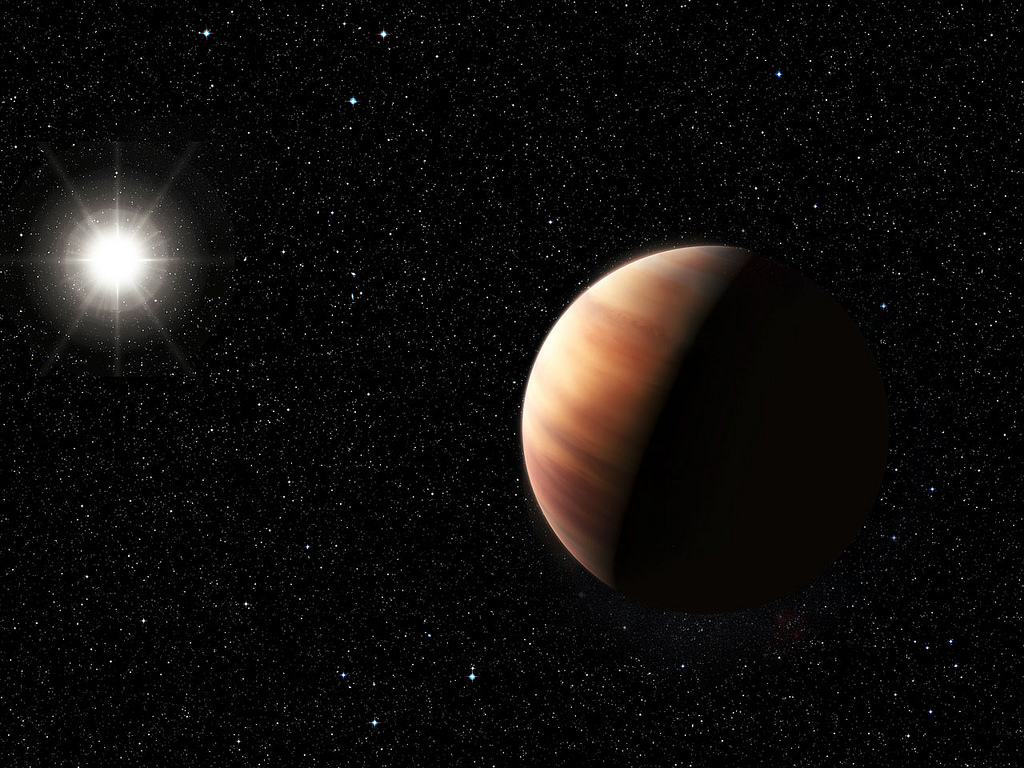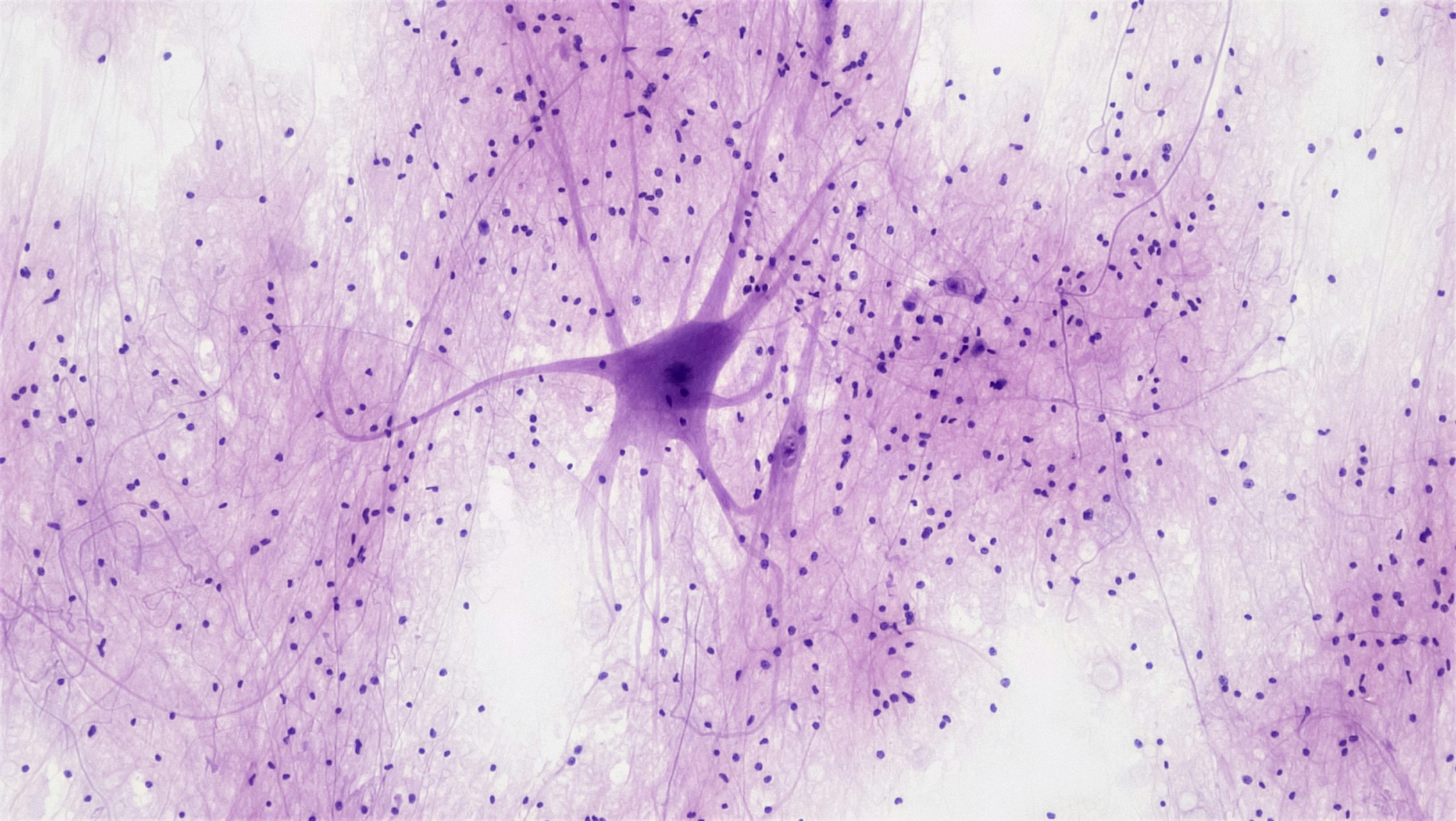By Joseph Brennan, St. Benedict’s Catholic High School, Cumbria
For any astronomer or curious person looking at the stars, the natural thought that arises has been the same for millennia: are there planets orbiting those stars like Earth orbits the Sun, and do they have the capability to support life?
The detection of exoplanets is an area of research that is rapidly attracting attention, within the scientific community and the wider world. This is because exoplanets both develop our understanding of the observable Universe, and also advance our search and knowledge of what is necessary for extra-terrestrial life.
Since the first discovery of a planet orbiting a sun-like (main-sequence) star in 1995, there have been over 3,700 discovered planets in nearly 3,000 planetary systems.
In 1995, 51 Pegasi b, was detected by the radial velocity method. This incorporates many fascinating phenomena in physics, as this indirect method uses the gravitational influence of the planet on the star, coupled with Doppler spectroscopy to determine the presence of the exoplanet. Reflexive motion of the star is caused by its own orbit around the planetary system’s common centre of mass. This movement means that the star can be relatively approaching or receding from Earth; these variations trigger Doppler shifts in the spectral lines of the star. Greater displacement of the spectral lines means the exoplanet has a larger mass, therefore an estimate for the planet’s mass can be calculated. This revolutionary discovery of a planet orbiting 51 Pegasi was made by Swiss astronomers Michael Mayor and Didier Queloz, The exoplanet is located 50 lightyears from Earth, has an orbital period of just over 4 days, and was officially named Dimidium.
The most successful method of detection, and the method used by NASA’s Kepler Telescope, is transit photometry. If the planet’s orbit is aligned with an astronomer’s plane of reference, then during the planet’s transit we can detect a dip in the star’s brightness —essentially a micro-eclipse. HD209458 b was the first exoplanet detected in this way, in 1999. The characteristic, symmetrical depression in a star’s light curve has been used to identify over 1,000 more exoplanets using data from NASA’s spacecraft, which, since 2009, has been peering into the unknown, enhancing the minds of the species that built it. Transit photometry can also give us information on the planet’s radius, and therefore, combining the methods of both transit photometry and radial velocity, the density of some planets can be found. This is vital in discovering other rocky, metallic planets that are similar to Earth.
As detection techniques have improved, the diversity of planets that have been recorded is astonishing. Planets with a similar size to Earth, and also located in the Circumstellar Habitable Zone have been detected, where sufficient atmospheric pressure may enable liquid water at the surface. According to Kepler data, up to 10 billion Earth-sized planets may be orbiting within the habitable zones of main sequence stars.
Inevitably, astronomers have probed even deeper into known planetary systems in an attempt to detect other aspects that are present in our own Solar System. One of these aspects is comets, bodies of ice, dust and rock with origins from the Oort Cloud or Kuiper Belt, that follow a vast range of orbits, either around or through our Solar System. Recently, in 2017, a team of astronomers have collected worthy evidence of multiple EXOcomets orbiting a star approximately 815 lightyears away! Analysis of KIC 3542116 showed a mere 0.1% of the star’s light being blocked by a strange object. The star’s light curve demonstrated a rapid drop in brightness, followed by a more gentle rise back to its original. This result was obtained on six different occasions, further supporting the fact that the light curve was in fact showing the transit of the dense comet nucleus followed by its trailing tail. It was reported that one of the researchers of exocomet transits delved through 200,000 light curves to diagnose these asymmetric dips.
This area of research has unearthed countless important discoveries, and there are certainly more to follow. It shows us that we are similar to our inter-stellar companions, and immerses us in the cosmic realm, despite being billions of miles away.





